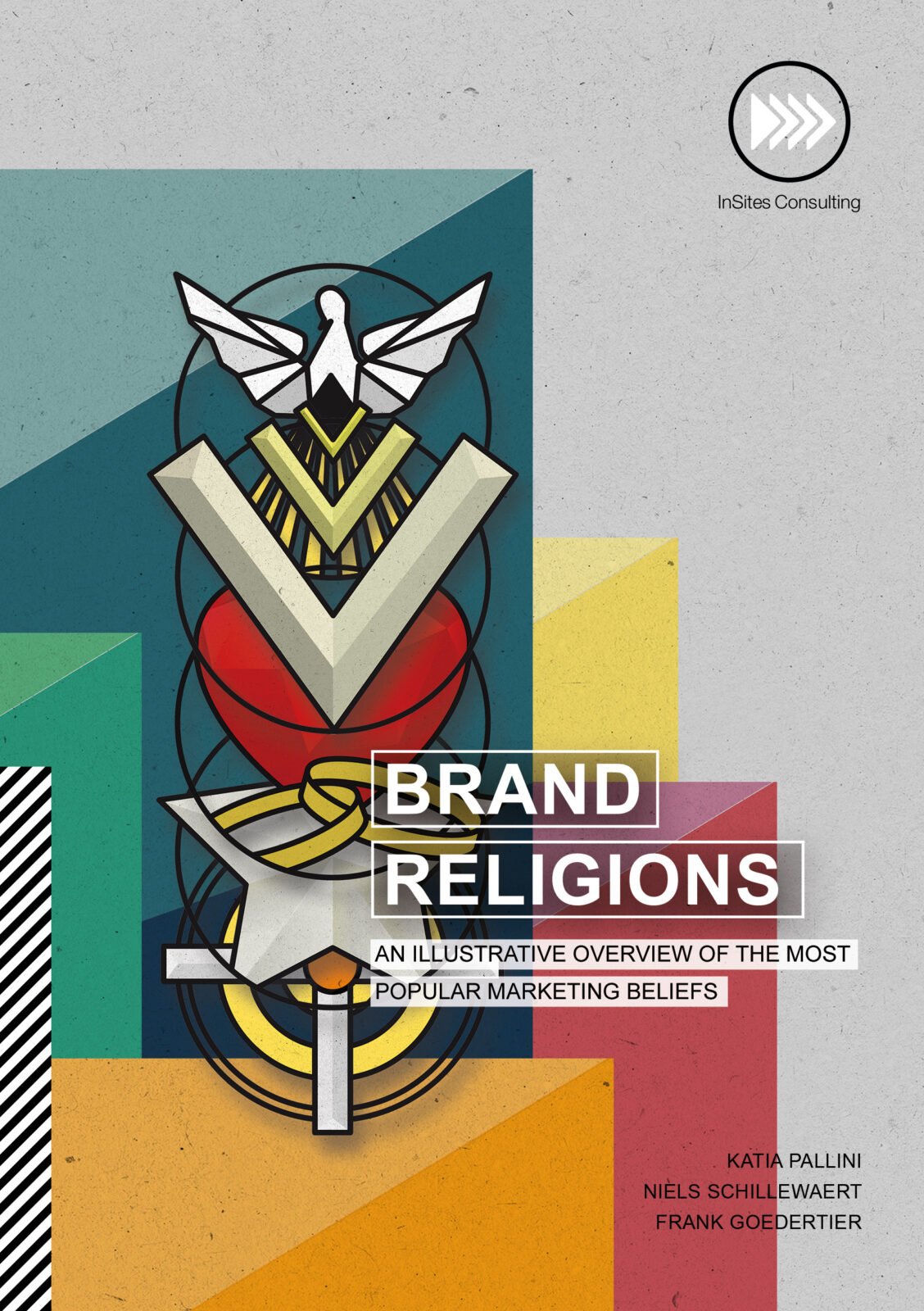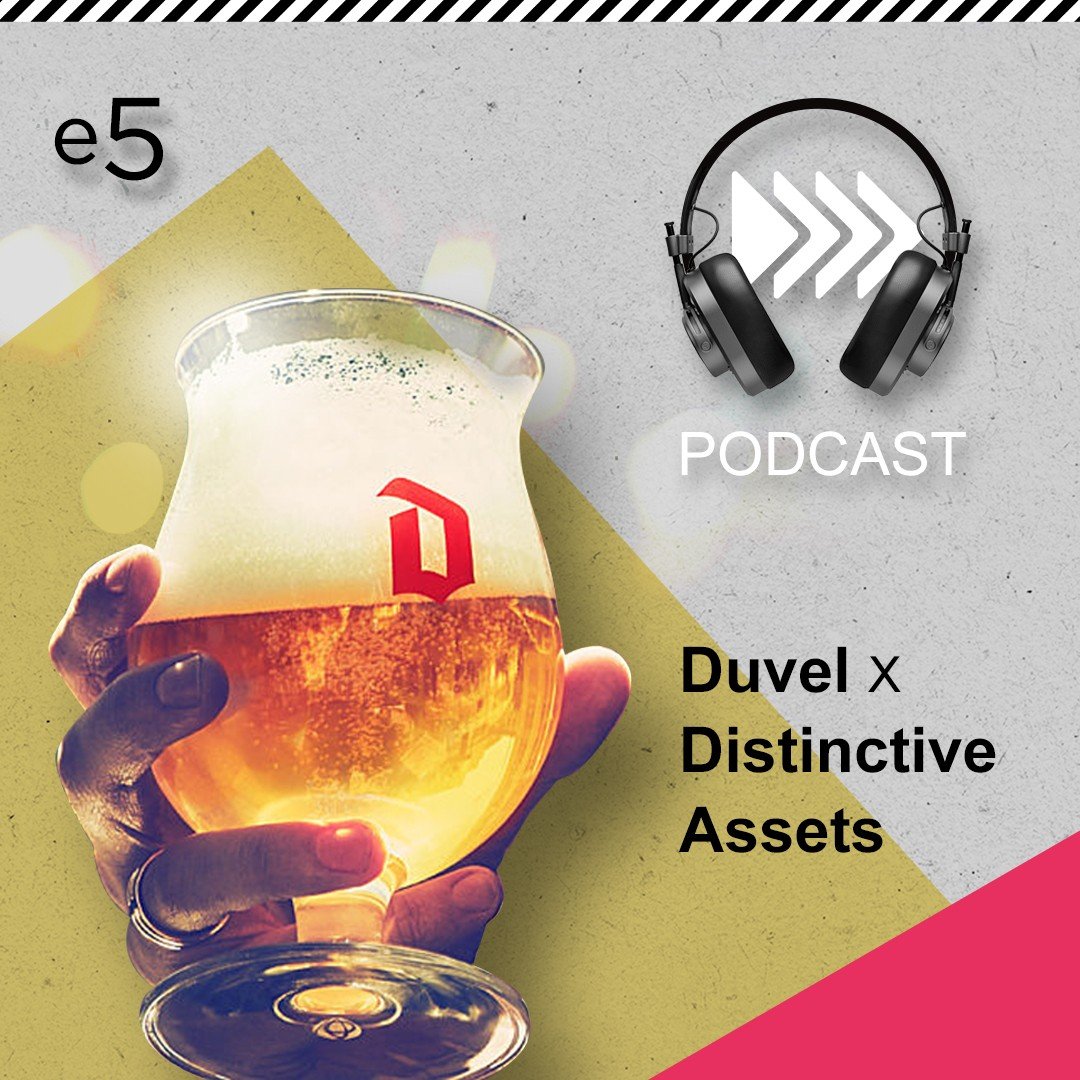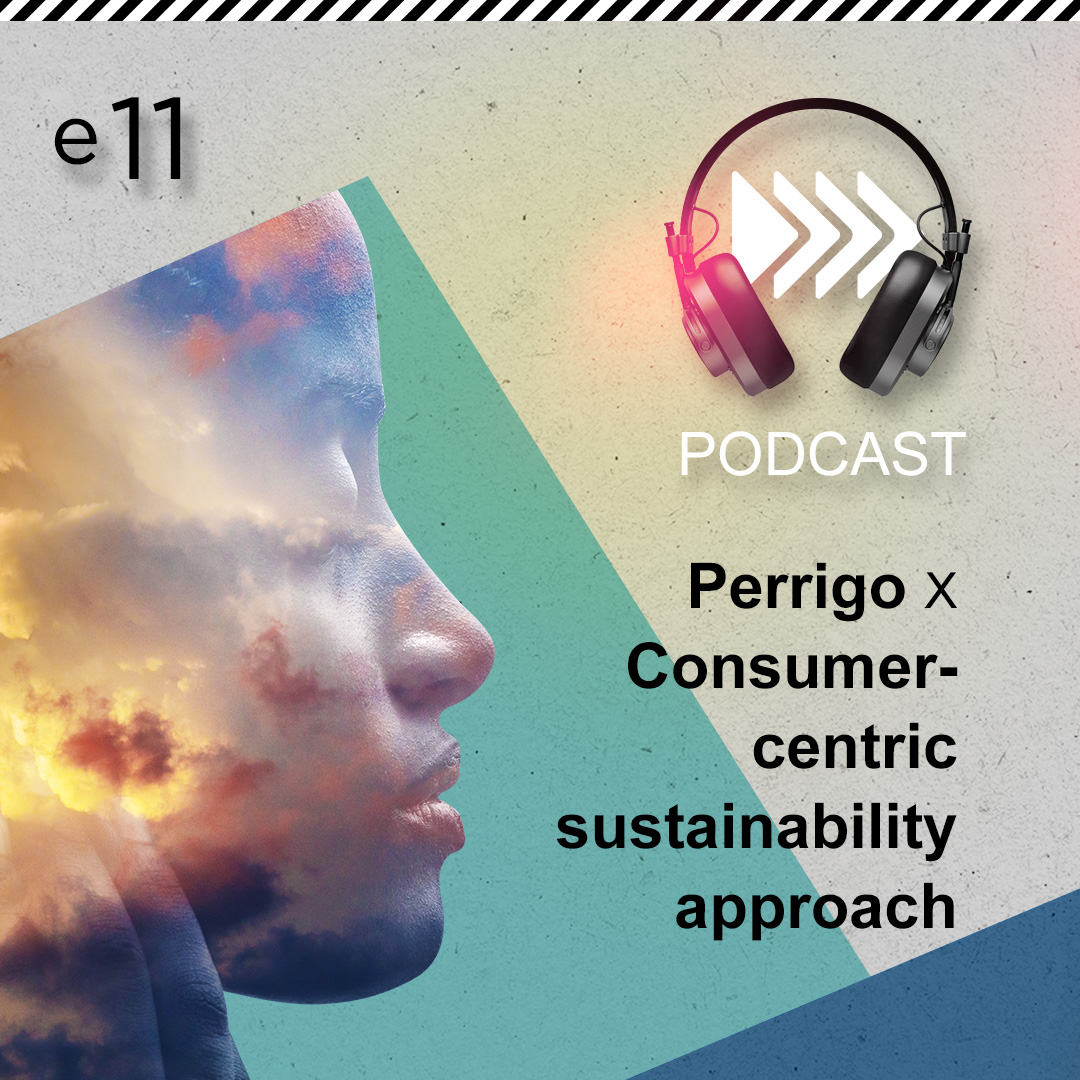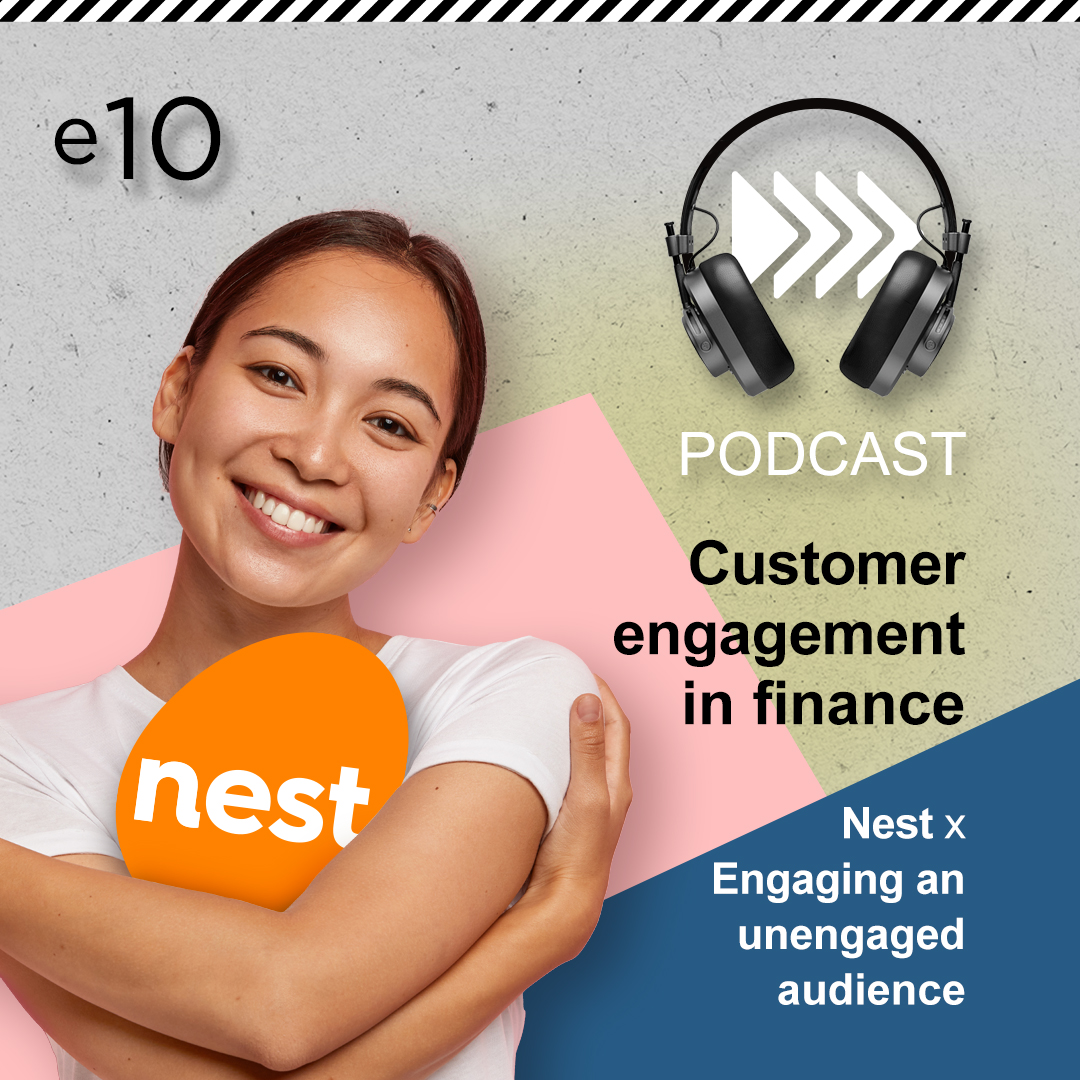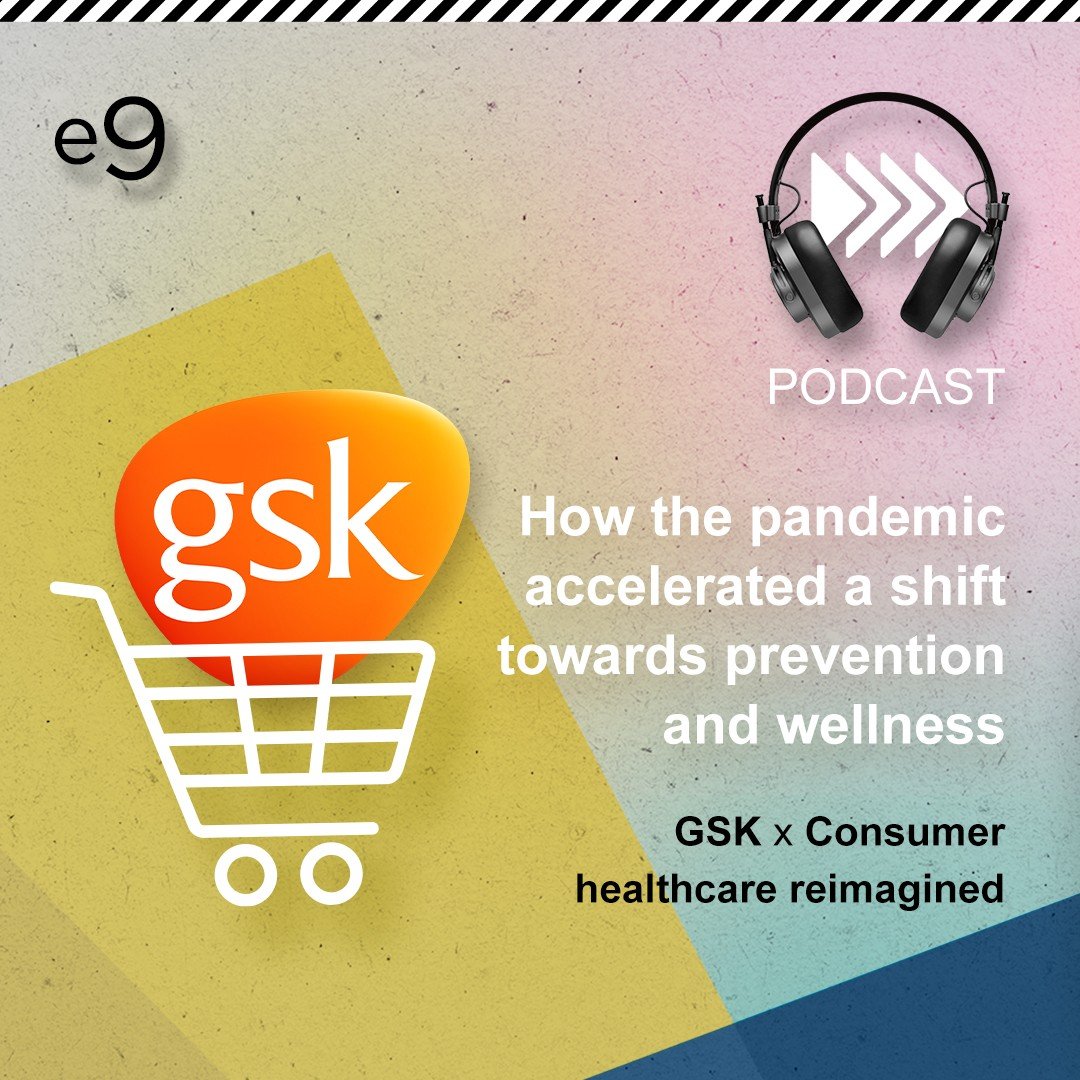Script
Farrell: This is A Penny for your Thoughts, I’m Farrell Styers.
Today we’re covering one of the most important psychological aspects of marketing: distinctive assets. These are all the little sensory experiences that we associate with a brand. Maybe it’s their logo, but maybe it’s a certain word or phrase, maybe it’s a particular color, a jingle, or even a scent. A distinctive asset is any quick sensory cue that people immediately associate with a given brand.
And today, we’re talking with a brand that’s a Belgian icon – Duvel. If you’ve spent any time in Belgium, you definitely know Duvel. But chances are, if you’ve spent any time in a bar pretty much anywhere in the world, you’ve heard of them. Duvel Moortgat is the company behind Duvel, La Chouffe, Vedett, and several other iconic beer brands. And as you’ll hear, a couple of years ago they’ve started on a journey to find and refine their distinctive brand assets.
Today’s show is the first in a series around our Brand Religions books. If you’ve read those books, then don’t worry, we explore a lot here beyond what is in the book. And if you haven’t read them, well, I hope this piques your interest and you look them up.
But let’s hear from a couple of guys who’ve been living the Duvel brand for many years.
Wim: I am Wim Maeyens, I work in the Global Marketing Department of Duvel Moortgat, for the Duvel brand. Since three years I started in the traineeship program as a young graduate, and since almost two years I’m working on the brand Duvel, working on innovation, a strategic project, and a lot of other branding topics. I’m reporting directly to Andy van Hassel who’s next to me here.
Andy: I’m Andy van Hassel. As Wim mentioned I’m the Global Marketing Director of Duvel Moortgat, working at the company since September 2006. The company has evolved and I’ve been able to evolve with the company as well, throughout the different life stages, from being a very local player to a more international, global role. At Duvel Moortgat, we have six Belgian brands that we work for, and that we want to make global. The role of distinctive assets, I see it as – although we evolved enormously, we fly to Mars, but we’re still cavemen when it comes to our brains. So distinctive assets is for me really important, because it’s a sum of separate things that make your brand stand out, and that make people recognize the brand, and recognize what it stands for. So it’s crucial.
Farrell: I mentioned before that a distinctive asset is any sensory cue that people associate with a brand. What Andy said here is key – these cues work because they trigger an automatically essentially involuntary association in our brain. These automatic responses are mostly coming from some of the deepest, oldest parts of our brain. This is what Andy means when he says we’re still cavemen.
Andy: We’ve only been adopting this approach, outspoken being and calling it a brand asset since 2 years. I think prior to that we’ve done the walking, we’ve done it, but it was more subconsciously. And I think it was when we encountered the entire approach of mister Sharp and Jenny Romaniuk, that gave us some kind of an ‘aha erlebnis’, “oh yes, makes sense, we’ve been doing it, let’s go even deeper into it, let’s practice it and let’s make it a religion.“
Farrell: Let’s make it a religion! In the marketing world, there are many schools of thought about how brands should market themselves. And distinctive assets are a crucial aspect of one of those schools of thought. At InSites, these various marketing approaches are called Brand Religions, and we spoke to one of the preachers of these religions.
Niels: I’m Niels, I’m one of the co-founders and Managing Partners at InSites Consulting. I head up our Dutch office, and I’m one of the main domain experts when it comes to branding, and one of the co-authors of the Brand Religions bookzine. A Brand Religion is a way of saying a brand strategy that you follow, or a brand doctrine if you want. It’s a stream of thinking. The reason why and how we came about it is, if you look in the marketing literature, there is many books, many theoretical models, many conceptual frameworks. And they can lead to one of two things; they could create confusion among brand owners and marketers and insights professionals, and not knowing what to do, like: which is the good model or stream to follow. Secondly, it could also result in them jumping from the one strategy to the other, and that’s not good, you need some consistency in strategy. So when we were looking at that, we said “it’s not good, how can we bring structure into it”, and we came up with the metaphor and analogy of religion. Because if you think what a religion done or has done for human beings, mainly it has helped them or tried to help them to explain complex phenomena, or things that are very hard to explain. And if you take a look at the definition of a religion, it’s a pursuit or interest that is followed with great devotion. So if you apply that to branding literature and brand streams or strategies, you could say you have Brand Religions, so they are ways of thinking or doctrines, if you want. So that’s how we came about it and how you could define a brand religion.
Farrell: Among these Brand Religions is the ‘Penetration Religion’. And this is where distinctive assets come into play.
Niels: And that’s everything that has to do with Byron Sharp, so that’s the stream of thought of Byron Sharp, which is all about penetration, which means you have to achieve as many buyers in a market as possible. Secondly, you shouldn’t be segmenting your market, so that’s very different from the ‘Classic Religion’. You should treat everybody the same. And the reasoning behind that is that people have a repertoire of brands, and they are just choosing one brand after the other, and nobody can be extremely loyal, as the Classic Religion or the Influencer Religion would say you could be. And then third element of that ‘Penetration Religion’ is that you should be available in the minds as well as physically available for consumers. So physical availability refers to: you should be available in every shop, in every point of sale, or every moment or occasion where your brand could be consumed, you should be there; and then the mental availability part of it is where people have to really – you have to be in a way top of mind in different category entry points, as well as be very recognizable in terms of distinctive assets.
Farrell: So in the Byron Sharp Penetration Religion, you not only want your product to be physically available in as many places as possible; you want your brand to be mentally available too. And a key aspect of being top of mind and mentally available, is to have easy, recognizable distinctive assets. So back to Wim at Duvel – how have they employed this distinctive asset strategy?
Wim: I think for Duvel, if there is one big shift in our communication style that we are implementing, it’s that we are putting the D more upfront; internally we always compare it with the Swoosh of Nike, that we’re implementing the D for Duvel. I think the past 5 to 10 years, we kind of rolled into that in our visibility in bars and in retail stores. We started putting that D more upfront, in a lot of communication styles, also in the digital sphere. And at a certain moment, it was apparently a very fast decision that was made to shift the Duvel logo on our iconic tulip glass towards a D. And starting from there, all very gradually, we shifted that D to a platform as a canvas, to really make our brand identity more contemporary and more in line with the current expectations of consumers. So that was really a shift that I think we made gradually, but now we are putting it all set in stone and making it very consistent in everything we do.
Andy: Research at that moment helped us, the InSites research with the consumer survey, helped us to discover the strength of it.
Farrell: This again is Andy.
Andy: But we didn’t follow entirely what consumers wanted, because then we would have become the D brand. And we still need to link the D and load it with Duvel. It took away a lot of noise, graphical noise, to make it stand out even clearer. Because you can have an asset but it can be buried by a lot of other stuff. And that was actually the case for Duvel – it was there, but it was unexploited. Purification I think that’s one of the – first of all, you need to know what your brand assets are, what are the diamonds? And then you really need to sharpen really them like a craftsman. And that’s purification. It’s like: we’re going to focus on these. So it’s purification or cleaning up or whatever you want to call it. It’s – you just bet on those. In case of Vedett, we had a brand and a beer, Vedett Blond, and we had a distinctive asset being the three-layered layout, it’s always a flag, some kind of flag. And with a star with the brand name, and on the star, there was always, in a Belgian context, the first product featured a mascot, it was a penguin.
Farrell: They had this brand of Vedett, and they had a set of brand assets with it. But when they added a new wheat beer to the line-up, they had to ponder how to adjust the branding and how to manage those visual assets.
Andy: Are we going to take the penguin as the mascot, or are we going to go for something different? And we said, “yeah, that should be fun, it’s a white bear, so we’re going to go for a white bear”.
Farrell: This was just a play on words in Dutch, with the white bear representing the wheat beer. It was a small part of the branding, and as he explained, not something that many people in the company viewed as terribly important to the brand or the marketing. But when they saw how well it did in China, they realized they had a huge hit on their hands. The white bear, even as a minor part of the branding, became the most important, distinctive asset for that beer.
Andy: In a different culture, in a different setting, it proved to be luck and to work, because now the white bear, it doesn’t only represent the brand, but also the category.
Farrell: An asset that comes to define a category is a huge achievement. And what this story also demonstrates, is the need for flexibility and experimentation. What works in one place may be different in another. So brands need to allow room for that.
Wim: I think together we had a trajectory of turning our local marketing department into a more global structure with also different new stakeholders and new responsibilities involved. I think within that framework, we have really been able to start putting up guidelines that all marketers can start working with. I think it’s only in that transition that the need for clear guidelines, clear distinctive asset management, that kind of strategic thinking was necessary to build it consistently.
Andy: I think what we want to bring across is that the distinctive assets, they’re there on packaging, it’s all streamlined because we’re a global brand; when it comes to communicating and playing them out, then there’s a bit more freedom, country to country.
Farrell: Andy and Wim said they believe in the ‘Penetration Religion’, but they’re not slaves to it. They use this approach as guidance, but it doesn’t replace good instincts and common sense.
Wim: It’s funny how a textbook, for example Byron Sharp,, can tell you that you need to select a standard of distinctive assets and play them out, and try to amplify each of those chosen assets to the maximum extent. But it’s a process of years, I think, just getting into the head of everybody in the organization and putting it in the market. It’s crazy to see what the long-term trajectory is behind it, based on first research testing before you can see that they actually work, until actually getting them into the market throughout the entire organization in all brands we have.
Andy: As I said: we are disciples, we preach it. But sometimes I’m really surprised that it’s not all true. I was talking about gut-based-informed – we are not blind and just doing things because it’s written.
Farrell: He explained one case in which the textbook told them that when teasing a new product launch, they’d be just as well served by showing the brand as they would by not showing it. However, when the data came back, it was clear that the teasers without the brand were far more successful.
Andy: But to be honest, you said you learn – what I learned is that next time well’ just not say, “oh, we don’t need to show the brand”. Next time we’ll test again. Because I think it’s not learning and then that’s the way. It changes all the time, and it’s always the same but in a different context for different brands. So for me, I learned that I don’t always have to trust an opinion or what has worked. You always need to keep your mind open and test, and there’s no right or wrong, it’s about what works and how can we adapt. And the person that says he knows it all – um, I think he will need to learn a lot about himself.
Farrell: Now, the big question is, does it work? Has Duvel’s focus on distinctive assets helped the business? Andy said it will never be possible to directly link the business results to the marketing. But the company has seen success. And this new way of thinking has helped them focus.
Andy: The future will prove, I think. We’re just going to keep that as a compass and believe in it, work towards it, and then referring to the beginning, where we said: “it’s very simple in people’s minds” and “we need to make it as simple as possible for people to recognize our brands”.
Farrell: If you enjoyed this, check out our Brand Religions bookzines at InSites-Consulting.com. We’ll be back soon with more episodes on the ‘Experience Religion’ and on sonic branding. If you haven’t already, please subscribe to our show on whatever podcast app you use. And if you’re feeling especially generous, leave us a review.
The show was edited by Katia Pallini, Felix Rumpf and me. I also did the mixing and tech production. Thanks to Wim, Andy and everyone at Duvel for helping with this episode, and thank you for listening.
If you want to find out more about InSites Consulting and our work, just go to insites-consulting.com/podcasts, or subscribe to our podcast on Soundcloud or Spotify.
